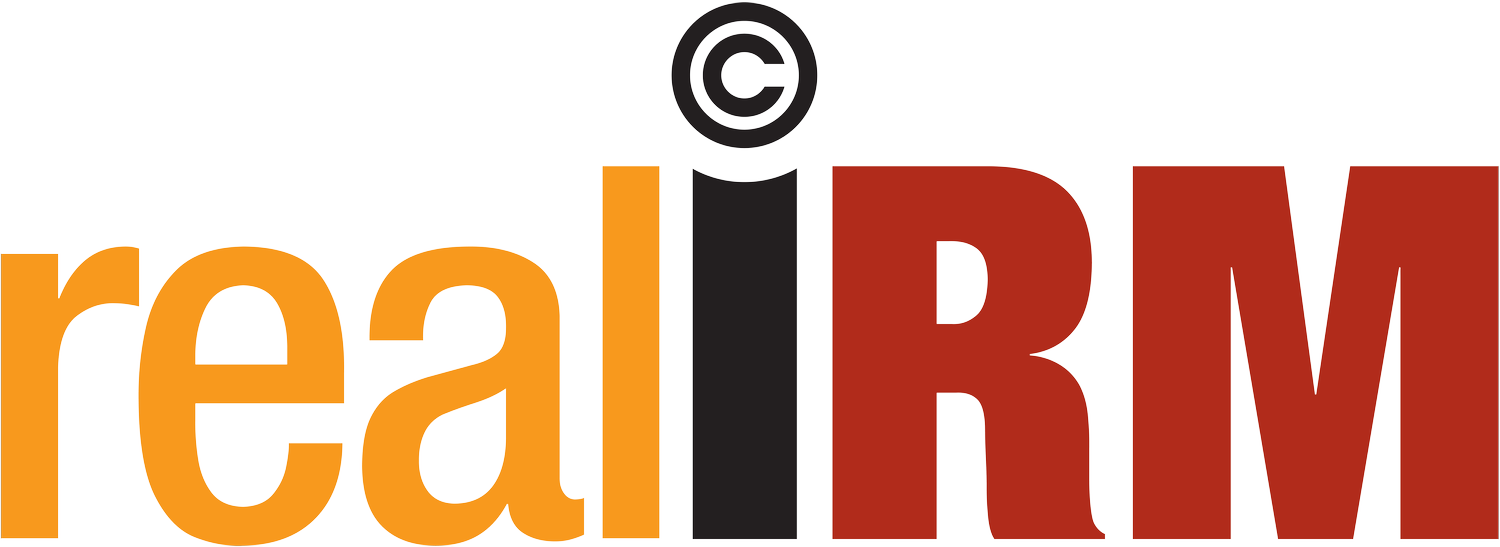How to succeed at enterprise architecture
It has taken some time and effort, but enterprise architecture (EA) is firmly in the mainstream as a vital business activity, one which confers enduring competitive advantage.
This is not news for many companies, which have reaped the benefits of embracing EA, but for others it is a revelation, and they need to align their business accordingly. The early adopters have shown the way, and as the discipline begins to enjoy the recognition it so deserves, the next wave of organisations is ready to embrace EA and the benefits it promises and has already delivered to some.
The signs of industry-wide recognition and take-up are clear: Big Four and other large consultancies are recent converts, offering EA as a key discipline; the latest invocation of the governance framework, COBIT 5, has explicit and direct links to EA management; South African contributions to EA are being recognised globally as industry standards; the public sector is making progress in its local adoption; and CEOs who have embraced EA and experienced its benefits are spreading the word on the executive grapevine.
And locally, EA has been embedded as a non-negotiable in King III's recommendations on corporate governance.
It’s little wonder: as far back as 2006 it was reported in the MIT publication “Enterprise Architecture as Strategy” that: “Top-performing companies define how they will do business (an operating model) and design the processes and infrastructure critical to their current and future operations (enterprise architecture), which guide the evolution of their foundation for execution.
Then these smart companies exploit their foundation, embedding new initiatives to make that foundation stronger, and using it as a competitive weapon to seize new business opportunities. And what makes this capability a competitive advantage is that only a small percentage of companies do it well - we estimate 5% of firms or less. In the subsequent seven years, the figure has almost certainly grown above 5%, but the reality is that enduring, long-term success with EA remains elusive for most organisations.
Budget cuts due to the global economic downturn have been one factor; industry upheaval, such as in mining, has been another; staff turnover, such as when an EA champion moves on to new pastures, can lead to a defocusing of the corporate commitment. In such an event, significant EA investment can be undermined and ground gained over years surrendered in a few months. This is a pity, as companies which compete with their EA and use it as a strategic spearhead align IT better with business, reduce IT costs, go to market faster, enhance governance and are able to enter new markets and change faster than their non-EA-enabled competitors.
After more than a decade of EA promotion and delivery, we as an organisation can affirm that the key to EA success is the creation of a business-appropriate, fit-for-purpose, sustainable enterprise architecture practice.
"...the key to EA success is the creation of a business-appropriate, fit-for-purpose, sustainable enterprise architecture practice."
This statement needs to be expanded on: the practice must either be internal, or developed and led by an expert consultancy, but it must be built and managed in such a way that it endures in the long term. EA is not a one-off exercise, but rather a long-term commitment, a journey rather than a destination.
“Business-appropriate” means it has been crafted and implemented with sector-specific and company-aligned requirements in mind. No two sectors’ or organisations’ requirements are the same, and their enterprise architecture must reflect their unique requirements.
“Fit for purpose” means, according to Macmillan, that something is good enough to do the job it was designed to do; Wiktionary tells us that it is “appropriate, and of a necessary standard, for its intended use”.
These three conditions, among others, are critical for EA's success.
The EA practice should be run along business lines and, as noted, if the organisation lacks the critical mass to justify the creation of a sustainable internal capacity, it needs to partner with the right organisation to keep it going for the long term.
Success with EA implies that business processes are digitised and thereby rendered repeatable and predictable, which means that the EA capability needs to be embedded. It requires, therefore, change leadership with clear goals, metrics, stakeholders, governance and accountability (with the buck ending on the CEO’s desk), and with assigned responsibilities explicitly defined.
